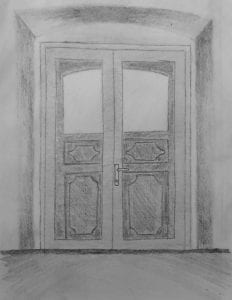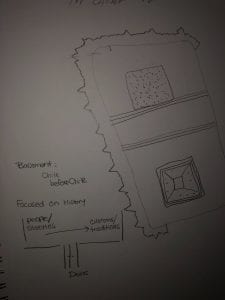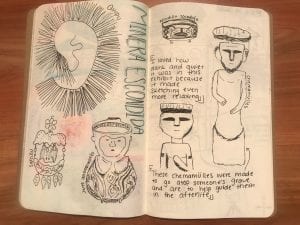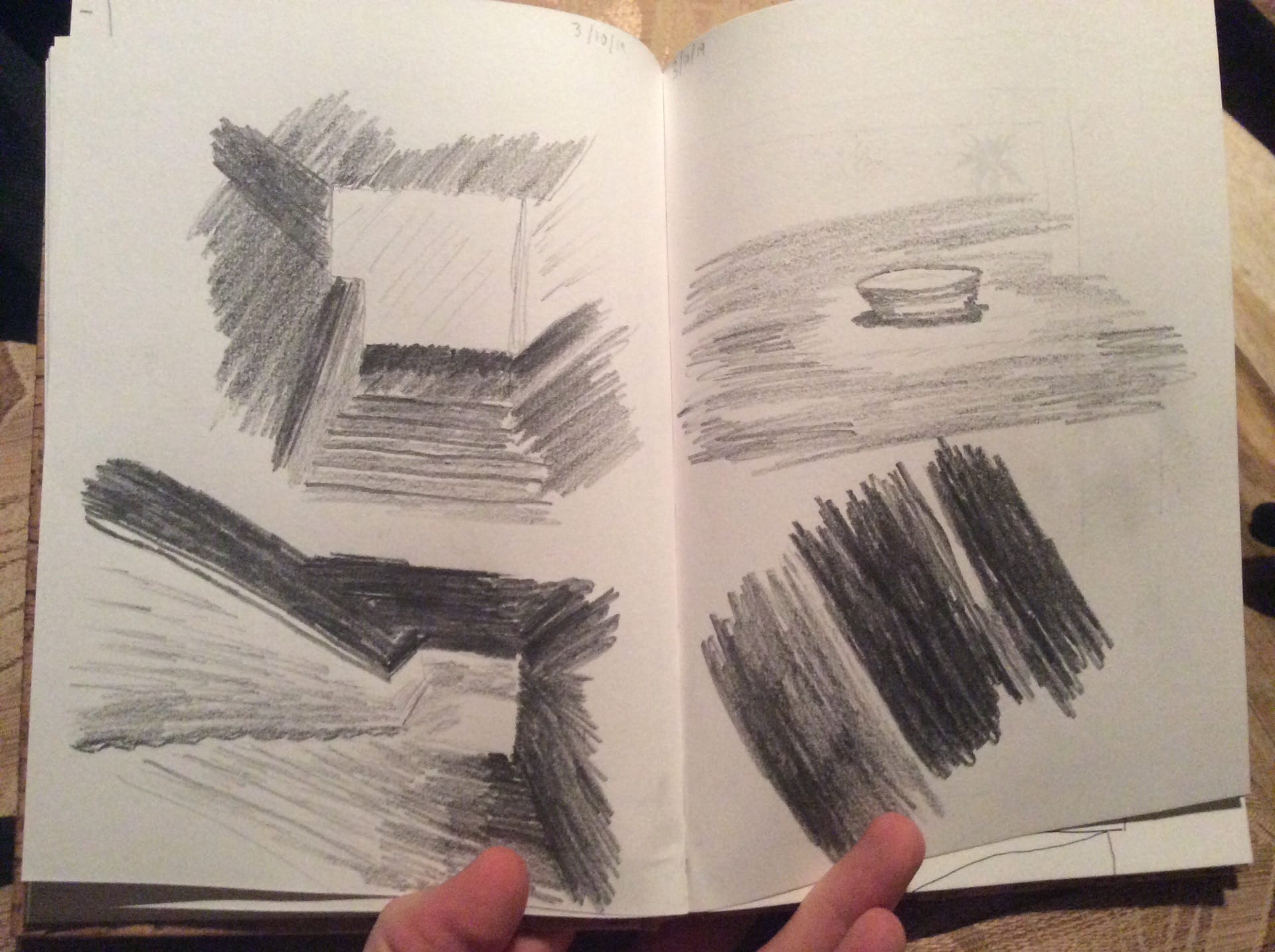Now that we have returned to Columbus and are back to work, I can certainly say that this trip has been one of the greatest experiences of my life. I used my STEP money to help me pay for this education abroad, and of course the point of STEP is to create a “transformative” experience for all of us who participated. I really thought through and discussed multiple times how I thought that this trip would be a transformative experience, but now that it is over I can fully understand it without any speculation. Since I had never traveled outside of the US or Canada before, experiencing a new country and culture was amazing, and fills me with happiness and excitement to continue to travel throughout the rest of my life. I can’t believe how many sketches and pictures I came away with, and will be able to keep these memories forever, not to mention remember all the things I learned.
Some of my favorite experiences included eating the food (an As Chacarero is now one of my favorite foods), visiting the college campuses and comparing them to our own, relaxing and sketching on Santa Lucia, hiking in the Andes, and getting to actually use Spanish for the first time.
Santiago as a city is so much more dynamic than anything else I had experienced, whether it is at a small scale like the street performers that would run out at a red light, or on a massive scale like how the cerros influence the organization and culture of the city. We got to experience little quirks like ringing a doorbell in Valparaiso to buy a cookie as well as grand views and vistas by climbing high into the Andes or looking out from Costanera. I think that although I learned a lot about sketching, architecture, landscape, planning, etc., along the way, the trip has inspired me to not take anything for granted, to not miss out on new opportunities, and to just appreciate the world that we all live in. I’ll be able to take all these lessons with me throughout my academic career, into my professional career, into my personal life, and the next time I travel.


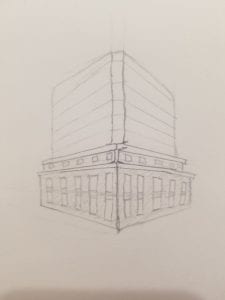

































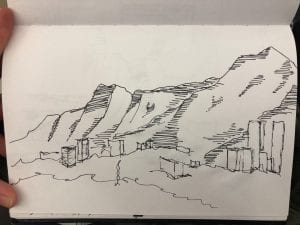



























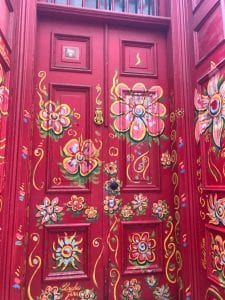








 ( US INVOLVEMENT IN CHILEAN ATTACKS HELD IN THE MUSEUM)
( US INVOLVEMENT IN CHILEAN ATTACKS HELD IN THE MUSEUM) 


































































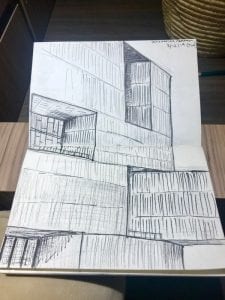









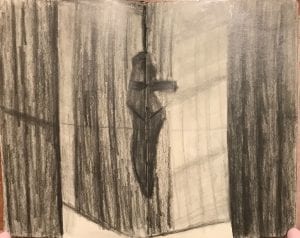





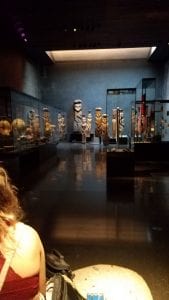






 Stair
Stair









